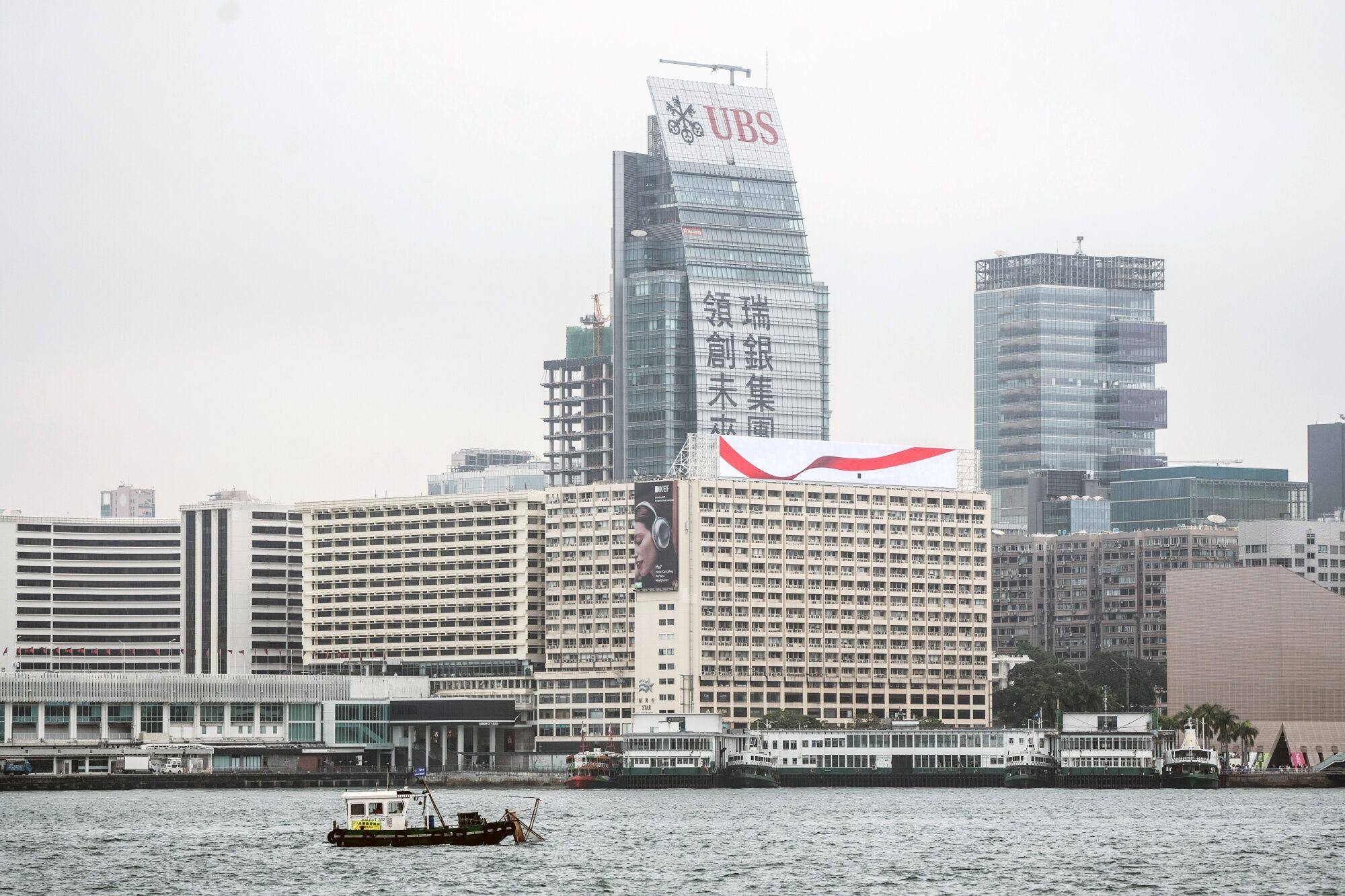
IMF says Asia-Pacific to fuel more than half of global economic growth in 2023 on back of China’s reopening
- The International Monetary Fund said a rebound in China’s economic activity will provide ‘fresh momentum’ for Asia’s growth, which is likely to increase to 4.6 per cent this year
- It also urged Asian lenders to guard against depreciation pressures, particularly in the real estate sector, following recent banking failures in the US and Europe
The multilateral lender noted the region’s overall GDP growth is expected to increase to 4.6 per cent, which will drive more than 70 per cent of global economic expansion in 2023. It also upgraded emerging Asia’s growth estimates by another 0.4 per cent.
“Global growth is expected to decelerate and bottom out in 2023 … but despite the sombre backdrop of a challenging year for the world economy, Asia and the Pacific remains a dynamic region,” Krishna Srinivasan, Director of the IMF’s Asia and Pacific Department, said during the institution’s spring meetings in Washington on Thursday.
“China’s reopened economy is rebounding strongly, and this will generate positive spillovers to its trading partners, providing fresh momentum for Asia’s growth.”
Asia’s start-ups start to squirm as contagion fears linger, easy money dries up
Of the advanced economies, projected GDP growth for Singapore and New Zealand in 2023 fell the most, by 0.8 per cent to 1.5 and 1.1 per cent, respectively.
The forecast came as data showed the city state’s GDP growth for the first quarter contracted by 0.7 per cent, reversing a slight expansion in the last quarter of 2022.
The Monetary Authority of Singapore on Friday warned the island nation’s economic slowdown could be deeper than anticipated. The central bank, however, kept its key monetary measure unchanged due to expectations that inflation would continue to recede.
The MAS added it would maintain a zero per cent per annum rate of appreciation of the policy band known as the nominal effective exchange rate, or S$NEER.
“While inflation is still elevated, MAS’ five successive monetary policy tightening moves since October 2021 have tempered the momentum of price increases,” the authority said in a statement.
“The effects of MAS’ monetary policy tightening are still working through the economy and should dampen inflation further.”
Meanwhile, the IMF said all advanced economies except Hong Kong are expected to achieve GDP growth of less than 2 per cent. Before the pandemic, these economies posted growth of between 2 and 5 per cent.
Hong Kong’s growth is likely to hit 3.5 per cent.
It added Laos and the Philippines’ were projected to grow 4 and 6 per cent, respectively. The IMF also lifted the GDP growth forecast for China by 0.8 per cent to 5.2 per cent.
On the financial front, the IMF urged Asian lenders to “remain alert” even though they have been largely insulated from contagion risks stemming from the US and European banking crisis.
It said economies like South Korea and Singapore could still suffer losses particularly from falling values of assets such as real estate that they fund.
Indonesia’s IPO future looks bright as Harita Nickel goes public. But is it?
“The global banking stress has had a limited impact on Asian markets so far. Direct exposures of Asian banks and investors to SVB were minimal,” Srinivasan said, referring to the collapsed US lender Silicon Valley Bank.
He added while Asian financial systems are “well-capitalised and profitable”, pockets of vulnerability, including risks in the real estate sector, still remain.
The commercial property sector has enjoyed soaring values due to high demand fuelled by cheap money and low interest rates. But with interest rates rising, the assets may depreciate causing problems for landlords with huge debts borrowed against them.

The global commercial real estate market is “facing significant pressures” with “losses particularly elevated in the office segment as pandemic-induced remote work practices lowered demand and occupancy rates”, the IMF stated in its financial stability report.
Values in real estate funds and trusts in Asia-Pacific had fallen 20 per cent over the year to the end of March, it said.
Economists at IMA Asia painted a rosier economic picture for the region, which will be resilient to most risks including the banking turmoil due to “pretty good fiscal and monetary policy, very high foreign exchange reserves, a recovery in tourism, and a capacity for domestic demand growth”.
“It is worth noting that all the Asean-6 currencies rose on the American dollar over March as the Silicon Valley Bank failed in the US,” IMA said this week.


